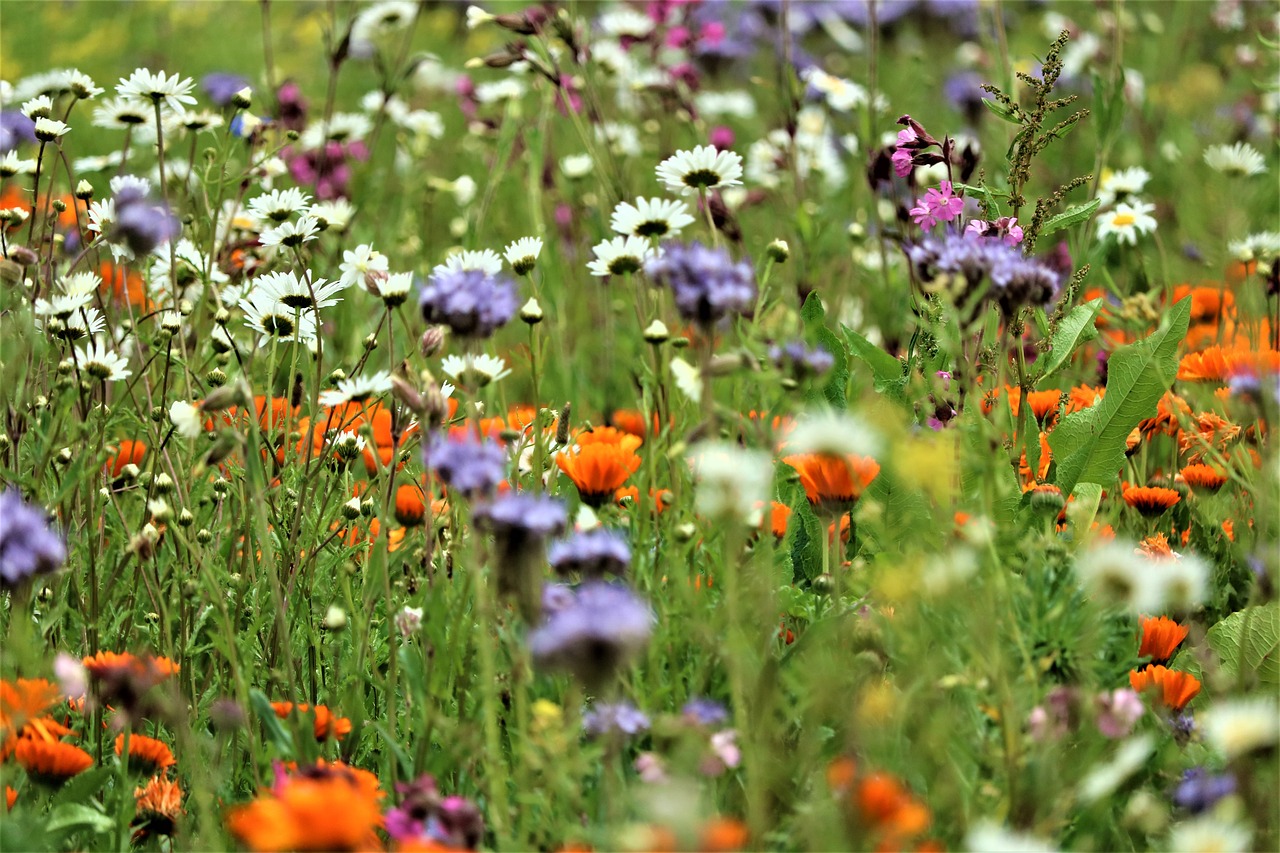Table of Contents
ToggleIntroduction
Biodiversity, or the variety of life on Earth, is crucial for the health and well-being of our planet. It includes not only the countless species of plants and animals that inhabit our world, but also the ecosystems and habitats that support them. Unfortunately, human activities such as habitat destruction, pollution, and climate change are causing significant losses of biodiversity, putting many species at risk of extinction. To prevent further damage and preserve the natural world for future generations, it is essential that we prioritize biodiversity conservation efforts.
What is Biodiversity Conservation?
Biodiversity conservation is the practice of protecting and managing the variety of life on Earth, including the ecosystems, habitats, and species that make up the planet’s biodiversity. This can be accomplished through a variety of methods, including habitat restoration, protected areas, captive breeding programs, and sustainable management of natural resources. The ultimate goal of biodiversity conservation is to maintain and enhance the health and resilience of natural systems and to ensure that they continue to provide essential ecological services.
Why is Biodiversity Conservation Important?
Biodiversity provides a wide range of benefits to humans and the planet as a whole. It supports the food we eat, the water we drink, and the air we breathe. It also provides numerous cultural, recreational, and economic benefits, such as ecotourism and pharmaceuticals. However, perhaps the most critical role of biodiversity is its contribution to the stability of the Earth’s ecosystems. A diverse array of species and habitats helps to maintain the balance of nutrient cycles, regulate climate, and provide natural defenses against environmental threats such as floods, droughts, and disease outbreaks. By protecting biodiversity, we are not only safeguarding the survival of individual species but also the health and resilience of the entire planet.
Threats to Biodiversity
Unfortunately, biodiversity loss is a growing concern worldwide. Human activities such as habitat destruction, pollution, overexploitation, and climate change are among the primary drivers of species extinction and ecosystem degradation. Habitat loss, in particular, is a significant threat to many species. As human populations continue to expand, more and more land is cleared for agriculture, urbanization, and other development activities. Pollution is another major threat, as toxins from industrial and agricultural sources can harm both wildlife and humans. Climate change, meanwhile, is causing changes in temperature and precipitation patterns, which can disrupt ecosystems and alter the timing of important biological events such as migration and reproduction.
Conservation Strategies
Despite the challenges facing biodiversity, there are many effective conservation strategies that can help to protect and restore threatened species and ecosystems. One of the most critical approaches is the creation of protected areas, such as national parks and nature reserves. These areas provide a safe haven for wildlife and allow ecosystems to function without human disturbance. Habitat restoration is another important conservation technique, as it involves the active management of degraded habitats to improve conditions for native species. Captive breeding programs can also play a vital role in biodiversity conservation, by breeding and releasing endangered species back into the wild. Finally, sustainable management of natural resources, such as forests and fisheries, can help to ensure that ecosystems remain healthy and productive over the long term.
Conclusion
In conclusion, biodiversity conservation is crucial for preserving life on Earth. The vast array of species and ecosystems that exist on our planet provide us with essential resources, such as clean air and water, food, medicine, and fuel. However, human activities such as deforestation, pollution, overfishing, and climate change are rapidly degrading the natural world, leading to the extinction of species and the disruption of ecosystems.
To prevent further damage to our planet’s biodiversity, we must prioritize conservation efforts. This includes protecting habitats and ecosystems, reducing our carbon footprint, supporting sustainable agriculture and fishing practices, and combatting wildlife trafficking and illegal trade. Additionally, education and awareness about the importance of biodiversity and the impact of human activities on the environment are essential in driving positive change.
By working together to preserve biodiversity, we can ensure a healthier, more sustainable future for ourselves and all other living beings on Earth.








5 thoughts on “Biodiversity Conservation: Preserving Life on Earth”
Pingback: Sustainable Lawns: Enhancing Biodiversity in Your Yard
Pingback: The Decline of Britain and Ireland's Native Plants: A 20-Year Study
Pingback: Exploring the Wonders of the Wild Isles with David Attenborough: A Journey Beyond Politics - Sustainability Awakening
Pingback: Understanding the Categories of Species Conservation Status and Their Link to Climate Change - Sustainability Awakening
Pingback: Biodiversity Loss & Restoration: Reweaving the Life Tapestry